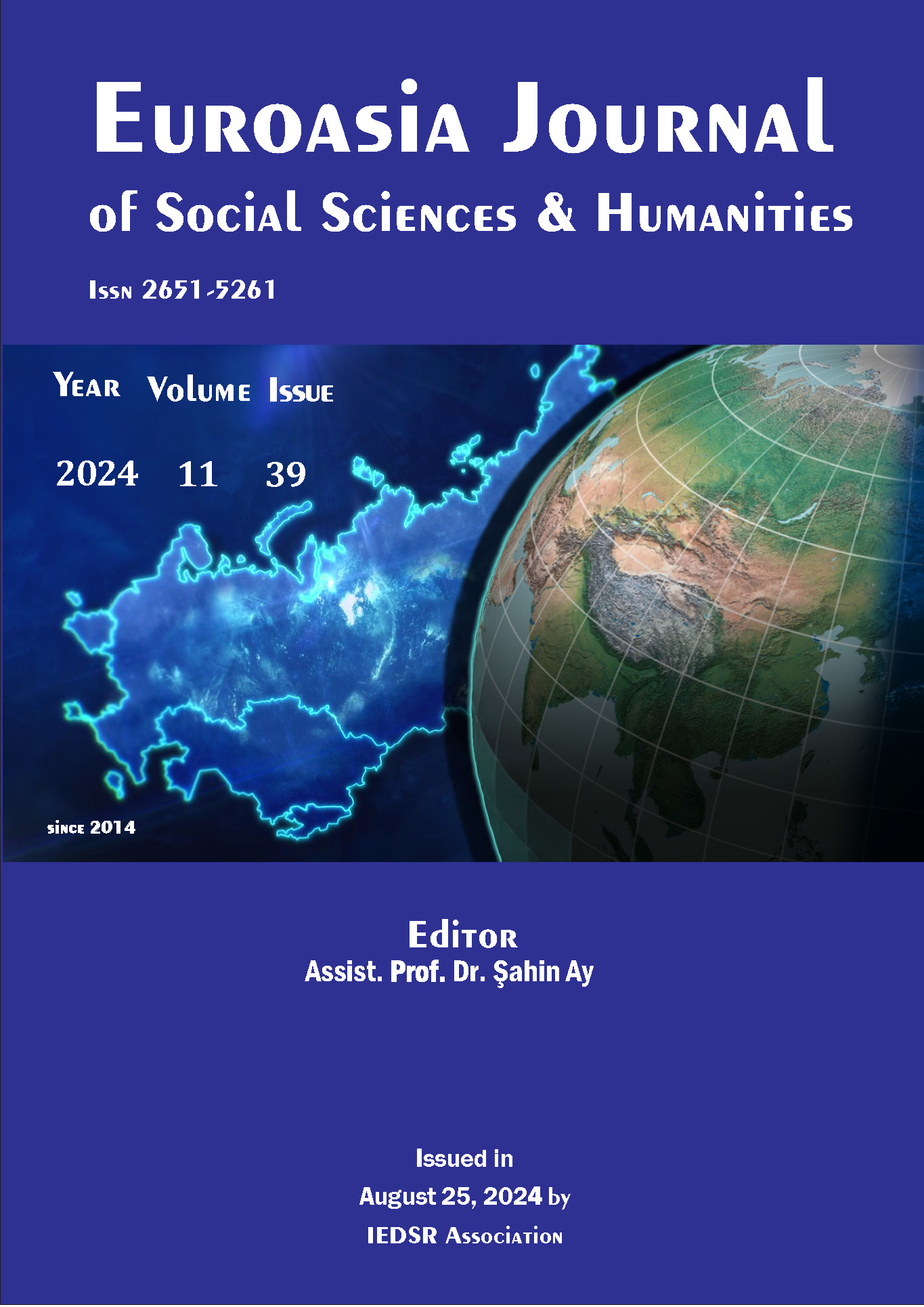New Findings on the Position of Women and the First Female Actors in Early Cinema in Turkey
DOI:
https://doi.org/10.5281/zenodo.13825167Keywords:
First woman, actress, screen, cinema, stageAbstract
While the process of world cinema, which began with the Lumière Brothers' invention of the cinematograph in 1895, was spreading throughout the world in waves, a similar process was also taking place in the Ottoman Empire. The public was quite interested in viewing, and “moving images or live photographs” met with their audiences in the coffeehouses of the period. The early period of Ottoman cinema (1896-1922), which coincides with the reign of Abdulhamid II, has survived to the present day with many misconceptions or omissions due to the lack of documentation and information and the fact that it was handled with a more narrative approach.
With the opening of the Ottoman archives and many digital archives, many documents and information have come to light, and as a result, "considered falsehoods" have begun to take their place in our cinema history. When we look at the relationship between women and theatre in our country, where even the beginning of Turkish cinema has been debated for years, we see a rather complicated situation. Muslim women were banned from performing on stage due to religious pressures, and for this reason, women who wanted to perform on stage sought different ways. While Muslim women use minority names on stage, the situation is the opposite for minorities. Theater Actor and Writer Vasfi Rıza Zobu touches upon this situation as follows: “She was accepted to the Darülbedayi board as a representative with a salary of 800 kuruş. Ferda was a Hungarian girl who spoke Turkish as well as her face and figure.” (Zobu, 1977:34). Zabel, the wife of Şadi Fikret Karagözoğlu, one of the famous actors and directors of the period, was also appearing on stage and screen under the name “Şehper Karagözoğlu”. On the other hand, Kınar Hanım, Eliza Binemeciyan, Roza Felekyan, and Madam Kalitea continued to exist under their own names. But the audience did not like the difference in speech of these minority actors who were placed opposite the male actors who had very good accents. One of them, Kadriye Hanım, actually holds the title of being the "first Muslim woman" to appear on stage.
Partly because of this, and partly because of the enthusiasm and courage of Muslim female actors to appear on stage, different solutions were sought, and Muslim female actors began to appear on stage with minority names. During the period of the absolute rule, around 1908, during the reign of Abdulhamid, the actor Fehim Efendi told how a Kazasker’s daughter in Istanbul fell in love with Çubukçubaşı in their mansion and married him after her father died. He added that this man, who used to be Çubukçubaşı and worked as an improvisational actor to earn his living, also brought his wife on stage and made her perform in plays...” (Sevengil, 2015: 112) While Kadriye Hanım, who entered the stage under the name of Amelya, has the distinction of being the “First” on the stage, Mevdude Refik Tepedelen, the aunt of theater actress Gülriz Sururi, is another female artist who entered the stage before Afife Jale. In some plays, her name was written with a pseudonym (M.R.), while in some plays, she was also written as “Beatris” on the posters. While the changes on stage continued in this way, in the light of the latest documents that appeared on the silver screen, it became necessary to make some arrangements. This situation, which is one of the factors that form the main framework of this article, has revealed the need for changes in the "first Muslim female actors" who have appeared on the silver screen so far. Until now, in our cinema history, “Bedia Muhavvit and Neyire Neyir” in the leading roles of the movie “Ateşten Gömlek-1923” directed by Muhsin Ertuğrul were considered the “first Muslim female actors”. This article emphasizes that before this movie, there was a female actor named “Şahika Nermin” who played in the movie called “Esrarengiz Şark or the Esrarı of Istanbul” shot by Monsieur Andres in 1922. (Özuyar, 2017)
Downloads
References
Akçura Gökhan, 1993, “Bedia Muvahhit Bir Cumhuriyet sanatçısı”, İBB Kültür İşeri Dairesi Başkanlığı Yayınları, İstanbul.
Green, Pamela (2018) “Be Natural: The Untold Story of Alice Guy-Blaché “ belgesel film
Özuyar, Ali (2015) “Sessiz Dönem Türk Sinema Antolojisi”, Küre Yayınları, İstanbul
Özuyar Ali (2017) “Sessiz Dönem Türk Sinema Tarihi(1895-1922)”, Yapı Kredi Yayınları, İstanbul
Sevengil, Refik Ahmet (1934) “Türk Tiyatrosu tarihi”, Kanaat Kütüphanesi, İstanbul.
Yıldırım, Müjgan. (2021). “Gölgenin Seyri” Türk Sinemasının Tartışmalı İlkleri” belgesel filmi
Zobu, Vasfı Rıza, (1977), “O Günden Bu Güne”, Milliyet Yayınları, İstanbul.
Cumhuriyet Gazetesi- 28 Aralık1991
İleri Gazetesi, 1 Mayıs 1922
İleri Gazetesi, 25 Mayıs 1922
Süs Dergisi, 5 Nisan 1924
Downloads
Published
How to Cite
Issue
Section
License
Copyright (c) 2024 EUROASIA JOURNAL OF SOCIAL SCIENCES & HUMANITIES

This work is licensed under a Creative Commons Attribution-NonCommercial 4.0 International License.

